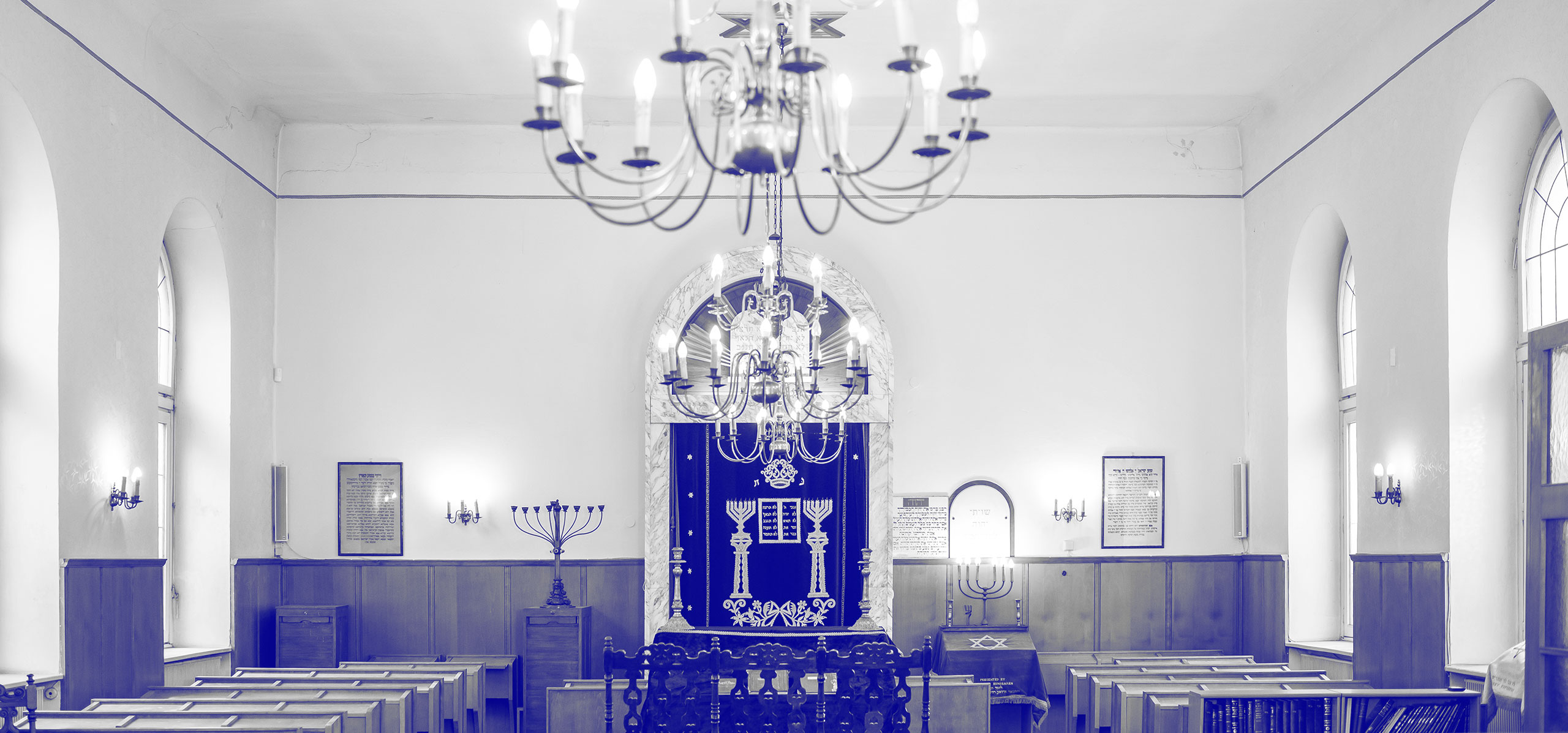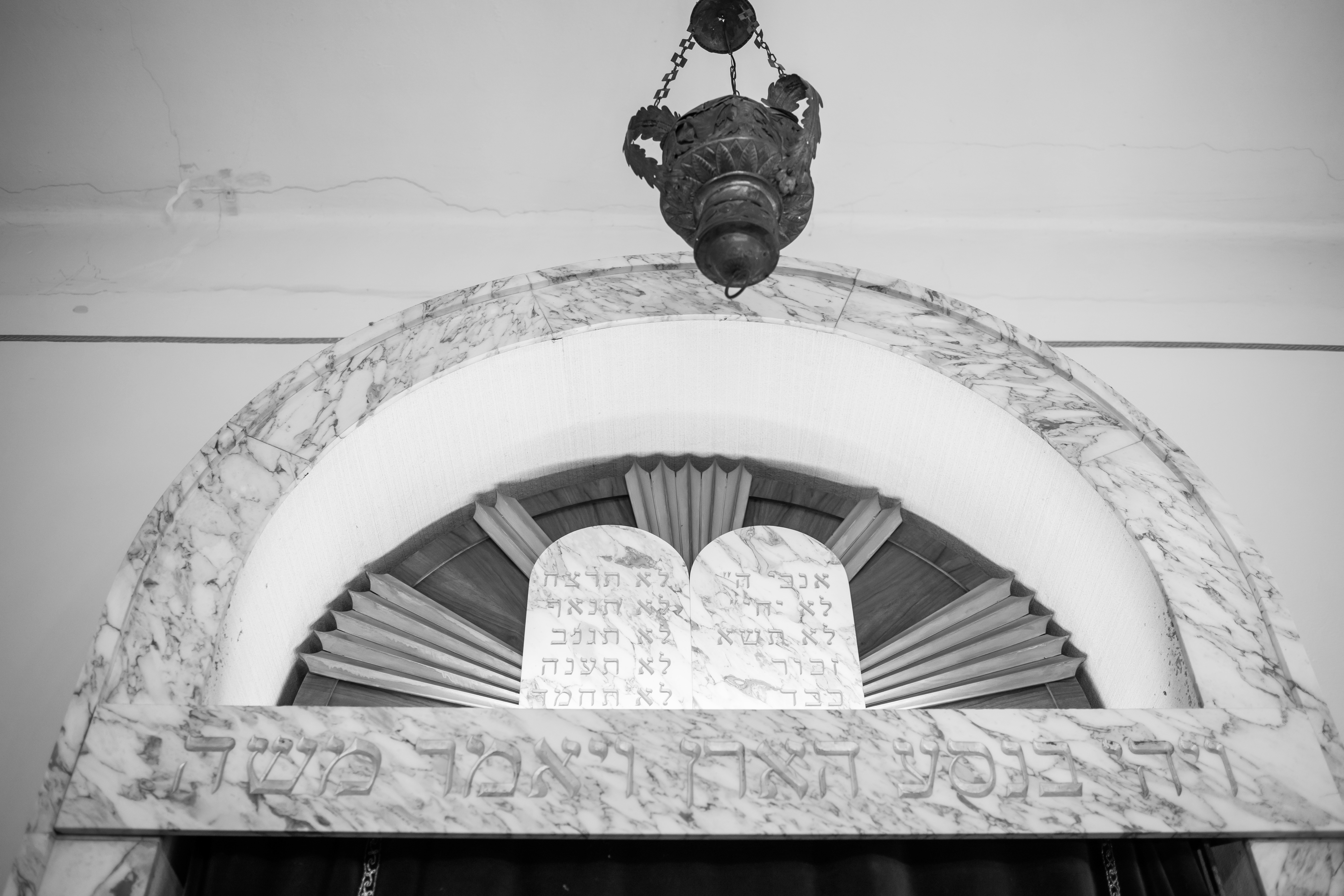SYNAGOGUE
The synagogue has always been a place of prayer for the congregation. At the same time, however, the synagogue is a symbol of Jewish life, often also for those who do not take part in religious life. When synagogues are destroyed, this life begins fade and perish.
The Salzburg synagogue is located at Lasserstrasse 8, not far from Linzergasse in the Schallmoos district.
The erection of the original synagogue goes back to an initiative by the Bohemian manufacturer Ignaz Glaser, who provided considerable funds for the project as early as 1891. However, it was not until 1901 that construction was completed. It was not until the Jewish New Year celebrations of that year that the building erected by Prof. Gottlieb Winkler could finally be used as a prayer room.
Due to the official requirements of the time, the synagogue is set a few meters back from the street – probably so that it would not be so visible from the street. Over the course of the November pogrom in 1938, the center of Jewish life in the Salzburg state capital was completely destroyed.
All of the synagogue’s furnishings and contents were torn out, together with the windows as well, so that essentially only the foundation walls remained. Immediately after the Second World War, only the most makeshift work could be carried out on the building. It was only thanks to significant support from private donors that the synagogue could be completely repaired, renovated, and reopened between 1967 and 1968. In the process, the historic façade could also be restored.
The synagogue as it stands today follows the orthodox rite of separation between men and women during prayer. This is achieved by a women’s section located at the back of the prayer room and separated from the men’s section by a curtain. Men’s and women’s departments have separate entrances on the south side of the building.
The prayer room is equipped with fixed seating with desks, it has a total of 128 seats, of which 85 are in the men’s and 43 in the women’s section. In the middle of the men’s section, above the room level, is the Bimah, the desk from which the Torah is read. On the east side is the marble-clad Torah ark, which is adorned with an antique Torah curtain (parochet) from the Burgenland community of Deutschkreuz.
The administrative premises of the Jewish Community can be found in the eastern part of the building, and can be reached via a separate entrance.

